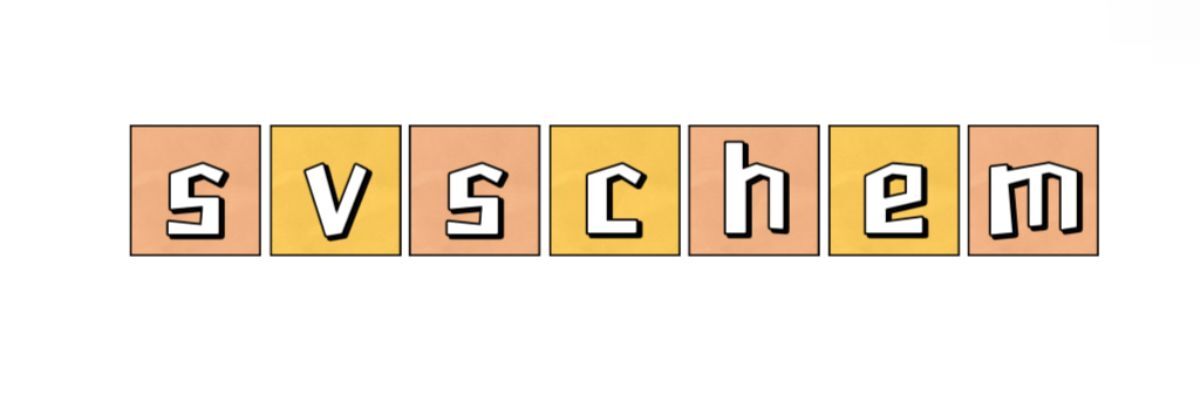Applications of EVA Emulsion: A Comprehensive Overview
EVA (Ethylene Vinyl Acetate) emulsion stands out as a highly adaptable polymer employed across a multitude of industries, primarily attributed to its remarkable adhesive characteristics, flexibility, and robustness. At Ruico Advanced Material, we emphasize the critical role of EVA emulsion in contemporary manufacturing workflows. This article provides an in-depth look at the wide-ranging applications of EVA emulsion, underscoring its advantages and efficiency across various industry sectors.
1. Adhesives and Sealants
EVA emulsion is predominantly favored in crafting adhesives and sealants. Its exceptional bonding strength positions it as an ideal choice for numerous sectors, such as construction, woodworking, and the automotive field. Adhesives developed from EVA ensure strong adherence to diverse materials, including wood, plastics, and metals. Additionally, they possess excellent resistance to moisture and thermal variations, which guarantees enduring bonds suitable for both indoor and outdoor environments.
2. Coatings
The application of EVA emulsion extends widely to protective coatings, thanks to its superior film-forming traits. It can create a flexible, water-resistant surface layer that shields materials from environmental hazards like UV exposure, humidity, and chemicals. Such coatings find uses in protecting roofs, walls, and floors, significantly enhancing their durability and longevity. The low-temperature flexibility of EVA emulsion further qualifies it for applications in chilly conditions.

3. Textiles
Within the textile sector, EVA emulsion is used as a coating agent, enhancing the durability and water repellence of fabrics. It strengthens the fabric while providing a soft-touch quality, making it particularly suitable for sports apparel and outdoor equipment. Furthermore, EVA emulsion finds applications in the production of non-woven textiles, adding to the necessary performance attributes for various uses.
4. Packaging
In the packaging domain, EVA emulsion plays an integral role, especially in the creation of flexible films and laminates. Its robust adhesion characteristics guarantee secure seals and durability, both crucial for safeguarding products during transit and storage. The clarity and glossiness of EVA films elevate the visual appeal of packaged items, making them more enticing to consumers.
5. Foam Production
A noteworthy utilization of EVA emulsion is in foam material production. EVA foams are lightweight, resilient, and flexible, making them ideal for cushioning, insulation, and packaging purposes. These foams are prevalent in furniture, automotive interiors, and sporting gear, where impact resilience and comfort are of paramount importance.
6. Building and Construction
In the realms of building and construction, EVA emulsion finds diverse applications, including crafting waterproofing membranes, flooring systems, and wall finishes. Its capacity to form a continuous, flexible barrier defends structures against water damage and bolsters overall energy efficiency. Moreover, EVA emulsion enhances the aesthetic quality of building materials, paving the way for innovative design possibilities.
7. Electronics
In the electronics field, EVA emulsion is leveraged for encapsulating and bonding components. Its insulating qualities along with its resistance to heat and moisture render it perfectly suited for wire and cable coatings, ensuring the safety and durability of electronic devices. Materials based on EVA are increasingly integral in solar panel manufacturing, safeguarding sensitive components from environmental threats.
Conclusion
The applications of EVA emulsion are extensive and diverse, establishing it as a vital substance in a plethora of industries. At Ruico Advanced Material, we are dedicated to providing high-caliber EVA emulsions that cater to the dynamic demands of our clientele. As we continue to innovate and uncover new uses, our objective is to bolster the performance and sustainability of products across various sectors. Whether in adhesives, coatings, textiles, packaging, or construction, EVA emulsion remains an essential element in enhancing efficiency and effectiveness in modern manufacturing.


